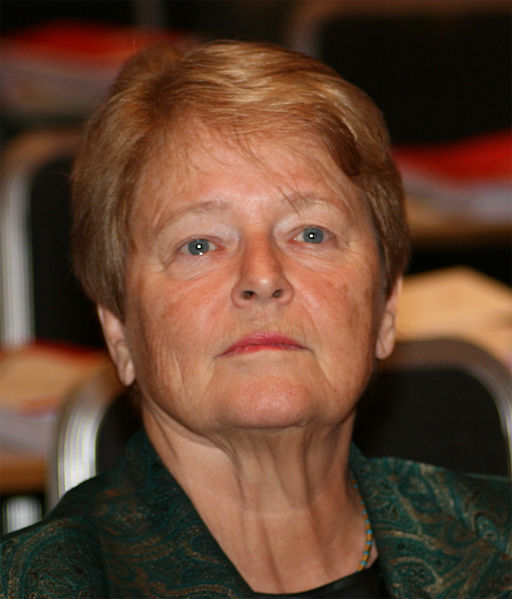Brief History of WHO
The World Health Organization was created in 1948 to coordinate health affairs within the United Nations system. Its initial priorities were malaria, tuberculosis, venereal disease and other communicable diseases, plus women and children’s health, nutrition and sanitation. From the start, it worked with member countries to identify and address public health issues, support health research and issue guidelines. It also classified diseases. In addition to governments, WHO coordinated with other UN agencies, donors, non-governmental organizations (NGOs) and the private sector. [2] Investigating and managing disease outbreaks was the responsibility of each individual country, although under the International Health Regulations, governments were expected to report cases of a few contagious diseases such as plague, cholera and yellow fever. WHO had no authority to police what member countries did.
By 2003 WHO, headquartered in Geneva, was organized into 141 country offices which reported to six regional offices. It had 192 member countries and employed about 8,000 doctors, scientists, epidemiologists, managers and administrators worldwide; the budget for 2002-2003 was $2.23 billion. [3] Its director general was Gro Harlem Brundtland, a medical doctor and former prime minister of Norway. The majority of its funding came from annual assessments plus voluntary contributions from member countries. WHO had enjoyed a number of signal successes over the years, most prominently a steep reduction in river blindness, and the eradication of smallpox (certified by the World Health Assembly in 1980). It was criticized, however, for being slow to react when HIV/AIDS exploded across the world.
Networks . A 1995 outbreak of Ebola virus in the Congo, which raged for three months unbeknownst to WHO, revealed a startling lack of global public health surveillance and notification systems. So in 1997, WHO (in collaboration with Canada) rolled out the Global Public Health Intelligence Network (GPHIN), which took advantage of information on the Internet to function as an early warning system for potential epidemics. Among other strengths, GPHIN could pick up even cases not officially reported if they were mentioned in blogs or online postings. WHO supplemented this in 2000 with the Global Outbreak Alert Response Network (GOARN) to analyze events once they were detected. GOARN linked 120 networks and institutes with the data, laboratories, skills and experience to take action swiftly in a crisis.
The country offices were WHO’s primary contact points with governments. A country office provided technical support on health matters, shared relevant global standards and guidelines, and relayed government requests and requirements to other levels of WHO. It also informed and followed up with the host government on reports of disease outbreaks outside the country. The country offices had to balance two competing missions: support and cooperate with the host government, but also represent the interests of the other 191 member countries in the event of a global health event. Finally, a WHO country office provided advice and guidance on public health to other UN agency offices in-country.
[2] For 2002-2003, 56 percent of expenditures were for regional and country offices, while 44 percent went to headquarters. For more information on WHO, see http://www.who.int/about/brochure_en.pdf as well as http://www.who.int/en/
[3] For more 2002-2003 budget information, see http://apps.who.int/iris/bitstream/10665/21317/1/A59_28-en.pdf
